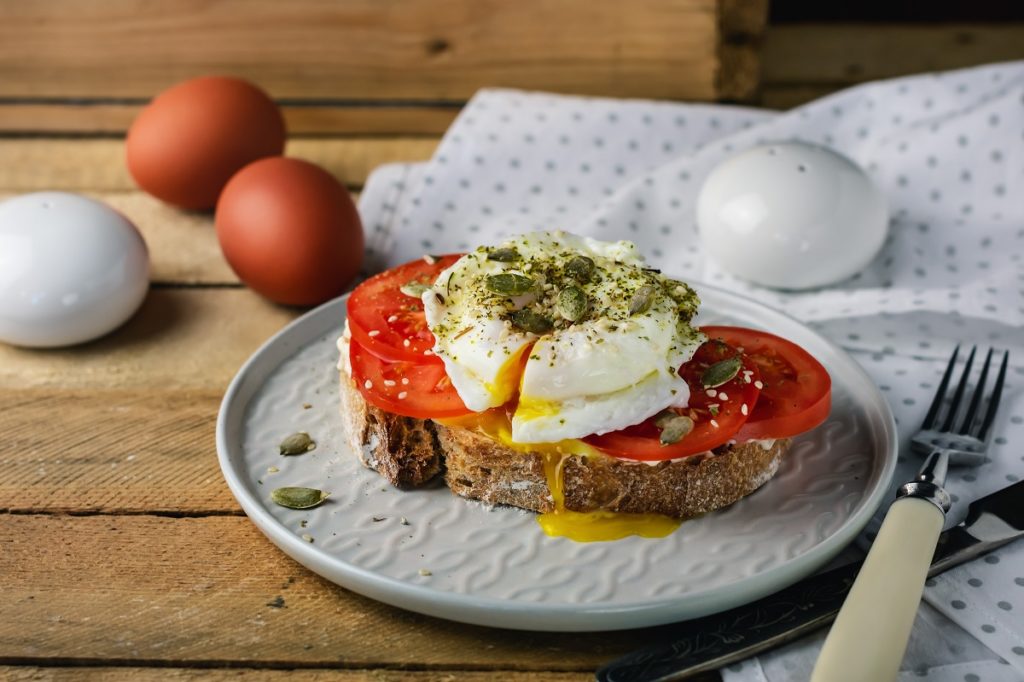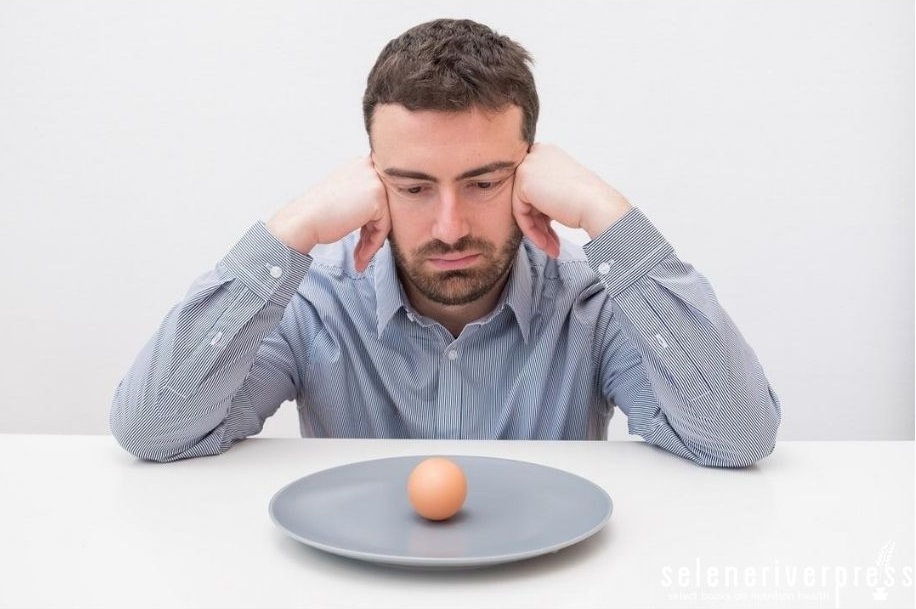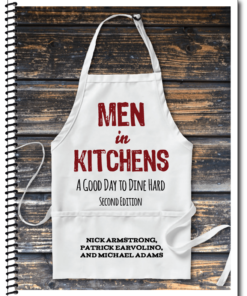When I cowrote Men in Kitchens: A Good Day to Dine Hard, I deliberately steered far away from poached eggs. For years, I believed that the wonderfully gooey and dynamic delights of poached eggs were out of reach. Whenever I tried, the eggs became a sticky soup of yolk and whites stuck to whatever duct-taped double boiler method I was working with.
I went through countless articles, YouTube videos, you name it. Each time, disaster. These failures were especially frustrating for someone who abhors wasting food.
Talking to a fellow home cook, I said that Snooze was my favorite restaurant because of their poached eggs. And when I confessed that I’d never made a proper poached egg at home, my friend looked aghast.
“Look man,” he said. “It’s simple—just boil some water, get a ladle, crack a fresh egg into the ladle, and gently slide the egg into the middle of the boiling water. In 3–4 minutes, you’ve got a perfectly poached egg. No salt, no swirling, nothing. Then just take ’em out with a slotted spoon.”
I ran home to try it and damned if that egg didn’t turn out perfectly. The first time. I did the first thing any home cook does when they learn a fancy new trick—I called out to my wife like I’d just won a gold medal. “Who wants poached eggs for breakfast?!”
Egg after egg turned out perfectly. We were up to our ears in poached eggs. Sure, every so often one would break and spill yolk into the boiling water, or the whites would sprawl and become unruly, but for the most part it was a repeatable process that turned out reliably delicious results.
“Sourdough!” I said giddily. “Let’s make sourdough!” My wife shot me a look that said my ambition was outstripping my abilities (for the moment).
Resigned to a slice of perfectly toasted whole wheat with some beet greens, locally farmed apricot jelly, and a little hot sauce, I marveled at the fact that this previously out-of-reach breakfast delight was so attainable with the right advice.
In my experience, the cooking time and results varied depending on the size of the pan, length of boiling time, and number of eggs I boiled at once. I got the best results when cooking 2–3 eggs in a small saucepan with about 2½ cups of water. Insert the eggs just as the water starts to boil and set a timer for 3 minutes and 30 seconds.
Waiting too long after the water starts boiling before putting in the eggs, or cooking too few eggs, can make them break or overcook them. Putting in too many eggs can make them crack as they collide, and the whites don’t properly set.
The beauty of a poached egg is that it can be paired with damn near anything—savory or sweet, simple or complex—and it enhances whatever dish it’s placed with.
Sweet potatoes with a little bacon and roasted green beans? Top it with a poached egg.
Got fresh homemade biscuits? Slice up an avocado, pop a poached egg on top, sprinkle with a few sprouts, and maybe add a quick coat of honey or Dijon mustard.
Leftover chili needs some sprucing up? Sprinkle with some shredded cheddar, top with a poached egg, and garnish with fresh parsley.
Since poached eggs only need a few minutes, you can quickly dress up any dish that needs a little extra oomph. All it takes is the right advice to get started, a bit of boiling water, an egg, and your culinary imagination.
Do you love poached eggs too? Leave a comment with your favorite poached egg dish!
Images from iStock/tommaso79 (main), Nataliia Sirobaba (egg on toast),



